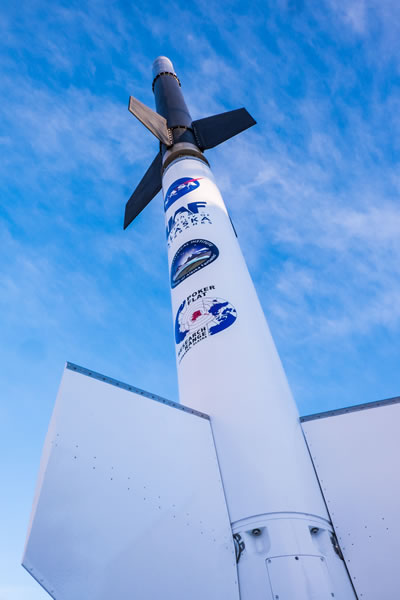Let's build a rocket range!

In 1965, T. Neil Davis and others at UAF's Geophysical Institute began an unprecedented step in studying the aurora. They began work to build and operate the only university-owned rocket range in the world, where scientists could launch sounding rockets into the atmosphere.
The rocket range would have two unique advantages: The university employed a permanent staff of space physics scientists, and the facility would sit just to the south of the zone where most auroras occur.
Construction on the Poker Flat Research Range began in fall 1968, and seven rockets were launched the following spring. A geophysical observatory was built in 1974 to house riometers, magnetometers and other instruments used in routine experiments, along with all-sky cameras and meridian-scanning photometers. The range has been continually improved since then. It now includes rocket assembly and launching capabilities, telemetry receiving stations and ground-based diagnostics needed to decide when to launch rockets carrying space, aeronomy and atmospheric science experiments. Ground-based instrumentation allows monitoring of auroral activity, magnetic storms, ionospheric perturbations and other space disturbances in real-time.
Poker Flat has launched more than 300 large rockets and 1,500 smaller meteorological rockets during the past 47 years.
More information:
